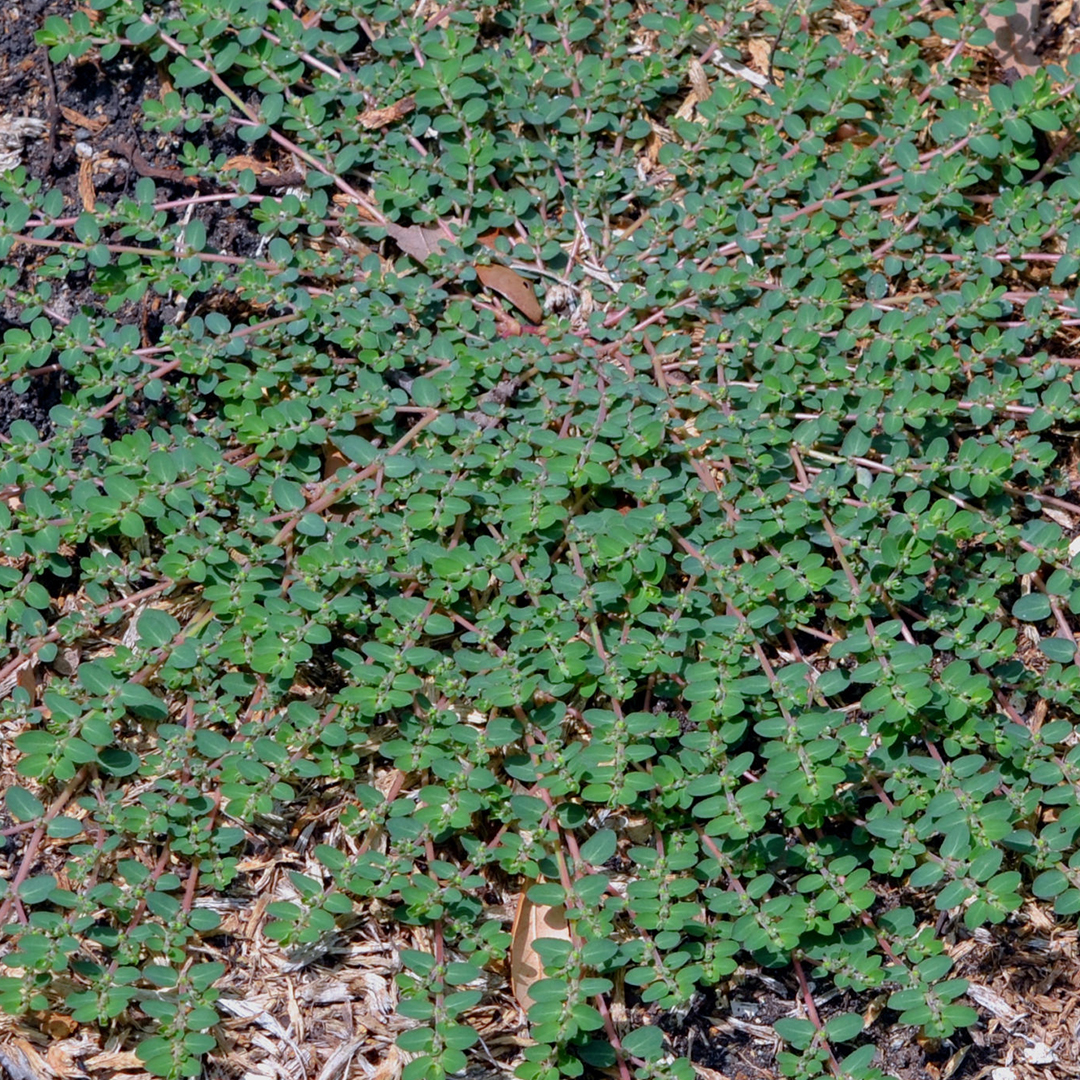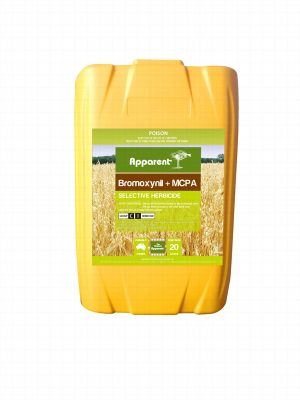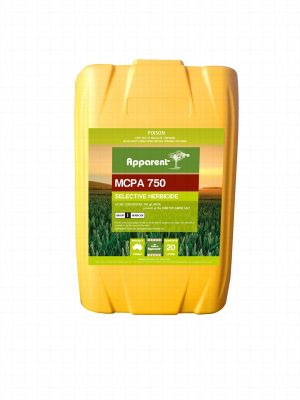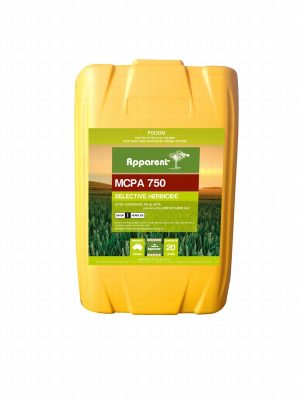
Botanical name: Chamaesyce maculata
Common Names
Caustic Weed, Eyebane, Milk Purslane, Milk Spurge, Prostrate Spotted Spurge, Prostrate Spurge, Red Caustic-Creeper, Spotted Pursley, Spotted Sandmat, Spotted Mat-Spurge, Spurge
Spotted Spurge Description
A small, short-lived, herbaceous plant with creeping to semi-upright stems. Its slender stems are often reddish, contain a milky sap, and are softly hairy. Its paired leaves (3-12 mm long) are borne on very short stalks and have entire or finely toothed margins. These leaves are green and sometimes bear a purplish or reddish-brown spot at their centre. Its tiny greenish or reddish 'flowers' are borne singly in the leaf forks. Its tiny hairy capsules (1.3-2 mm long) have three compartments, each containing a single pale brown, grey or greyish-brown seed.
Stem and leaves
Its stems are often reddish in colour and are covered in small, soft hairs (i.e. they are villous). The stems and leaves contain a milky sap (i.e. latex). The leaves are paired and borne on very short stalks (i.e. petioles) only 0.5-2 mm long. These leaves (3-12 mm long and 1-5 mm wide) are oblong, oval (i.e. elliptic) or elongated in shape with a rounded tip (i.e. obtuse apex). Their margins are entire or finely toothed (i.e. serrulate), particularly towards their tips. The upper leaf surfaces are green and sometimes bear a purplish or reddish-brown spot at their centre. The leaf undersides are pale green or greyish-green and both leaf surfaces are usually hairless (i.e. glabrous).
Flowers and fruits
Tiny male and female flowers are grouped into small cup-like structures (i.e. cyathia). These relatively inconspicuous greenish or reddish cyathia are produced singly in the leaf forks (i.e. axils) and borne on stalks (i.e. peduncles) 1-2 mm long. Each cyathium consists of a small cup-like structure (i.e. involucre) 0.7-1 mm long with five minute teeth and four small white or pinkish petal-like appendages (i.e. glands) about 0.5 mm long. They also have four or five male flowers, each consisting of a single stamen, and a single female flower, consisting of a large stalked ovary. The tiny hairy capsules (about 1.3-2 mm long and 1-2 mm wide) have three compartments, each containing a single seed. The pale brown, grey or greyish-brown seeds (about 1 mm long and 0.7 mm wide) are four-sided or somewhat egg-shaped (i.e. ovoid) and slightly furrowed.
Reproduction and dispersal
This species reproduces only by seed, which are dispersed by wind, water, vehicles, in soil and in contaminated agricultural produce.
SIMILAR SPECIES
Spotted spurge (Chamaesyce maculata) is very similar to red caustic weed (Chamaesyce prostrata) and thyme-leaved spurge (Chamaesyce thymifolia). It is also similar to some closely-related native spurges including Chamaesyce dallachyana and Chamaesyce drummondii.
SCENARIOS AND SOLUTIONS:
- In lawns: use one of recommended product on the list below.
- In garden beds: spot spray using Apparent Bromoxynil + MCPA.
Reference: https://weeds.brisbane.qld.gov.au/weeds/spotted-spurge
-

Apparent Bromoxynil + MCPA
$435.60 inc GST Buy Now -

Apparent MCPA 750 - 20Ltr
$335.78 inc GST Buy Now -

Apparent MCPA 750 - 5Ltr
$141.57 inc GST Buy Now

